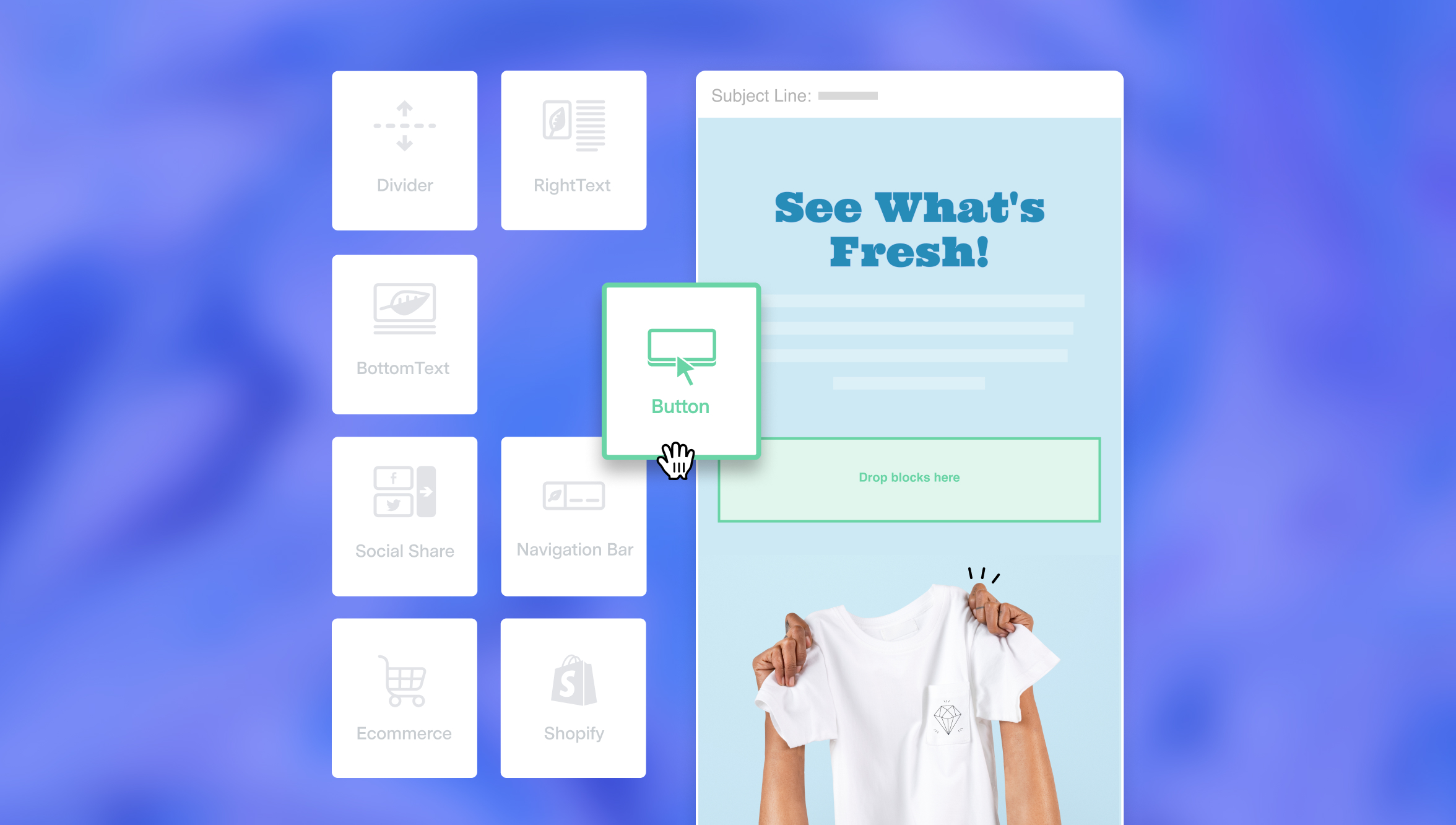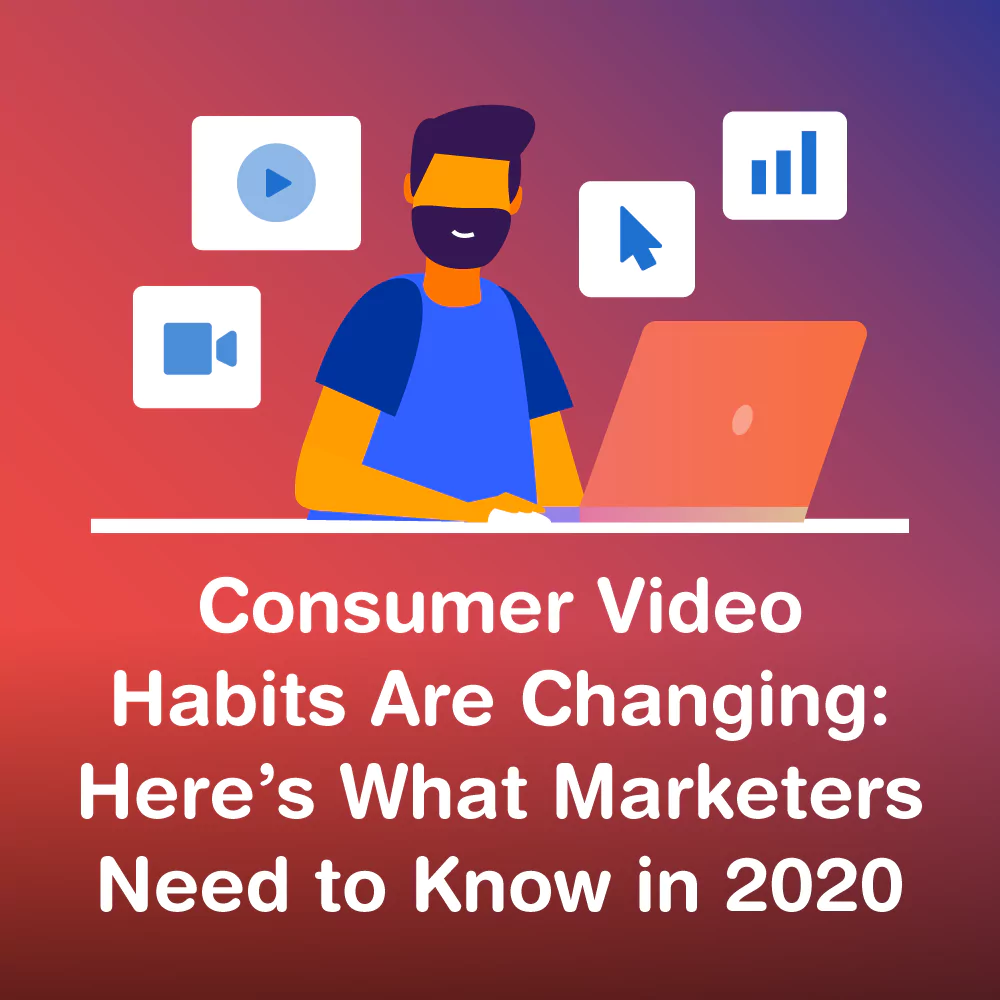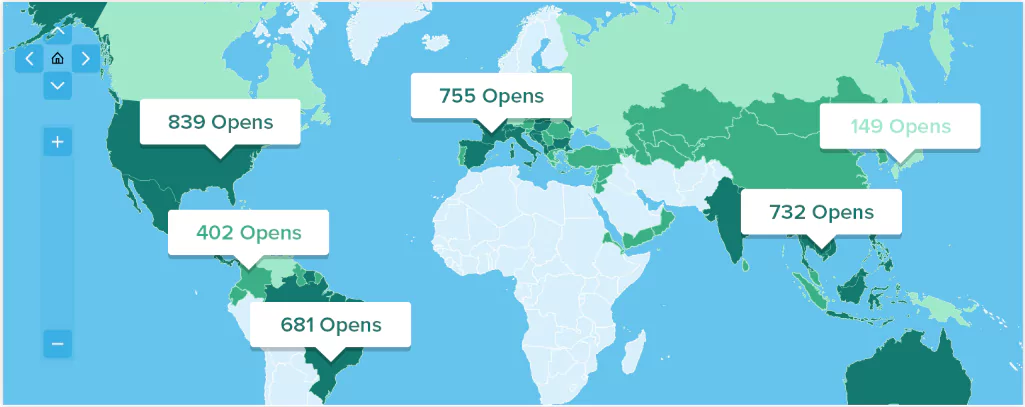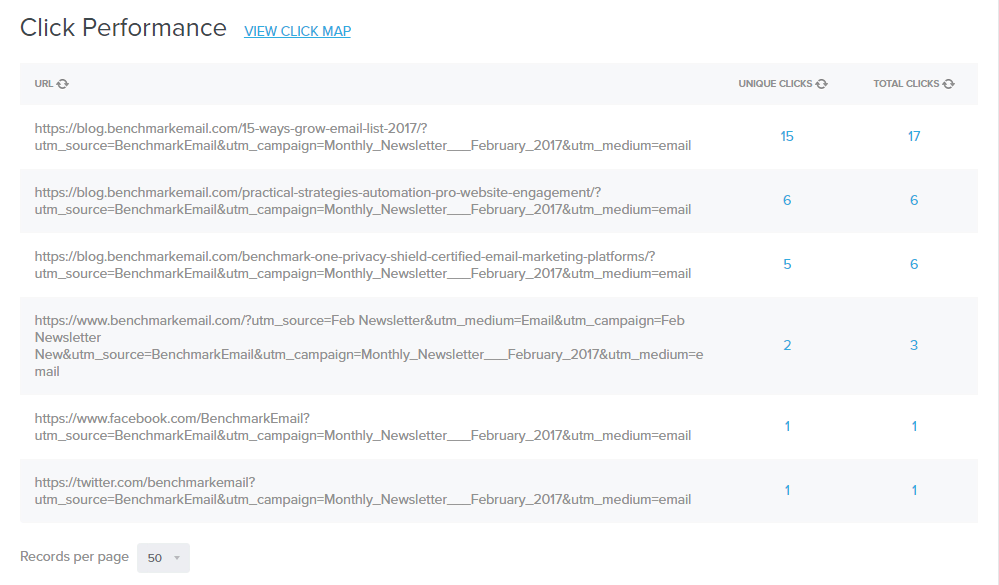Consumer Video Habits Are Changing: Here’s What Marketers Need to Know in 2020
April 9, 2020 8 min read

Video is by far the most effective form of online marketing content, and it’s poised to grow even more in the future. It’s estimated that by 2022, online videos will make up more than 80% of all consumer traffic. That’s huge.
The only problem? You’re not the only marketer vying for a potential customer’s attention, which is why you need to be smart about the type of videos that you produce. Learning about the top video trends and how to incorporate them into your strategy could help.
If you’re not sure where to start, Promo, an online video maker, recently ran a study that might give you a better idea of what consumers want to see when they click on a video. In the study, Promo interviewed more than 500 marketers and small business owners across the globe to find out what works for them when it comes to video marketing — and what doesn’t.
1. Stay Social
Including video in your email marketing campaigns can improve your click-through rate by more than 60% (tip: subscribers are also more likely to open your email if it has the word “video” in the subject line).
But if you really want to capture your audience’s attention, you should incorporate video across all mediums, including your social media accounts. More people watch videos through social platforms than on any other medium.
Some social media sites are better than others, however. Facebook is the primary platform consumers watch branded videos on. So it comes as no surprise, then, that as many as 83% of SMBs report that they post videos on Facebook regularly.
Of these, more than half claim that Facebook is the highest-performing channel when it comes to landing new clients.
Additionally, most brands say they share videos on Instagram or Facebook stories. In fact, Facebook Stories is the number one platform marketers want to invest in in 2020. That could have something to do with the fact that 62% of people claim their interest in a product grows after seeing it on Facebook Stories.
Instagram is also an important platform. Millions of Instagram users visit at least one business profile a day. And, more than one in ten users use the platform to find or shop for new products or services.
With more than two billion users, YouTube isn’t a channel that smart marketers can afford to overlook, either. Watch time for shopping-related videos on YouTube grew by more than five times between 2016 and 2018.
Only 32% of SMBs share videos on LinkedIn. Yet a third say that LinkedIn is their third-highest performing channel. That makes sense — LinkedIn users are 20 times (20 times!) more likely to share a video with people in their network than any other type of post.
2. Go Vertical for Your Mobile Audience
The majority of videos today are played on mobile. To better cater to these mobile users, marketers need to take a mobile-first approach. In 2020, that means focusing on vertical video.
Just think about it: Mobile users tend to hold their phone upright most of the time, not only when they’re googling where to eat but also when they’re watching vertical-only Stories on social media. So, vertical videos feel much more natural to them.
Vertical video is also seen as more captivating, if only because it takes up more screen space. That explains why vertical videos get four times as much engagement as horizontal videos on Facebook and two and a half times as much on Twitter.
Also, vertical video ads have a near-perfect completion rate. In contrast, less than 30% of mobile users will bother turning their phone to view a horizontal ad (and they won’t finish it, either).
3. Keep It Short
When was the last time you watched a video that was over five minutes long? Can’t remember? You’re not the only one.
Videos that are just under two minutes long get the most engagement. That’s why most savvy marketers focus on creating short videos (less than 20 seconds).
The shorter your video, the better your chances of a viewer getting to the end. According to one study, 33% of people will exit out of a video after just 30 seconds. A further 45% will stop watching a video after a minute, and 60% will do so after two minutes. If your video is more than 20 minutes long, you’ll reach only 25% of people.
4. Use Captions
Many brands will spend hours trying to find the right voice over artist for their videos. But their efforts are, for the most part, futile, especially if they’re trying to capture a mobile audience. As it turns out, 92% of mobile users watch videos with the sound off.
Some customers might have hearing disabilities. But others might not want to disturb their fellow commuters, or they might be looking for a way to pass the time while stuck in a boring meeting.
Regardless of why viewers choose to watch a video on mute, they still want to know what’s going on. 80% of people said that they’re more likely to finish watching a video if it has captions. A further 37% said that they’re more likely to turn on the sound if the subtitles arouse their curiosity.
5. Make It Interactive
Did you know that most interactive videos get viewed until the end? That’s because when users have the opportunity to interact with the content in front of them, they feel more engaged and connected to it. In other words, interactive videos help turn passive viewers into involved spectators.
Interactive videos often include clickable areas that reveal extra information or bring you to a new page. Some also let you choose the direction the video takes, customizing the content you see. It’s also not unusual for an interactive video to resemble a quiz.
For example, in the “Will You Fit Into Deloitte” ad from 2019, you have to deal with a series of unprecedented and sometimes embarrassing situations, such as spilling coffee on another employee. This video turns the typically tedious recruitment process into a fun game — one that prospective employees were only too eager to play, as demonstrated by the average viewing time of more than four minutes!
360-degree videos, which let the viewer see the view in every direction, are also interactive. While not viewed as often as traditional 2D videos, they generally see a better engagement rate when they are. Best of all? No fancy equipment needed! You can make a 360-degree video with just a smartphone and a GoPro camera, which means that you don’t always need to outsource professional help.
6. Encourage Impulse Buying with Shoppable Videos
Shoppable videos are exactly what they sound like: Videos that let viewers click a hyperlink that brings them to an online shopping process. In this way, shoppable videos satisfy the immediate purchasing desire that customers feel after seeing the product or service for the first time.
The effect that shoppable videos have on consumer behavior is crazy. It has been shown that consumers are nine times more likely to buy a product after seeing it in a shoppable video versus a non-shoppable video. Taking advantage of that is really a no-brainer.
You might have come across shoppable videos on Instagram, Snapchat, YouTube, and even TikTok. Shoppable videos are so popular that it’s quite likely you’ll soon see them on TV!
It’s also possible that with time, shoppable videos will become more sophisticated. In the future, you might be able to hover over a product in a video to find out more about it as well as where to purchase it.
7. Personalization Is Key
We grumble when a product or service we recently viewed appears in our ads. But even though data privacy is a big problem, 72% of customers will only engage with marketing messages if they are personalized.
That kind of makes sense. With personalized videos, marketers can address each consumer’s specific pain points. That makes your brand more memorable and helps you build a long-lasting relationship with your audience. Indeed, 91% of consumers are more likely to go with brands they recognize and brands that provide relevant recommendations than brands that offer generic solutions.
Personalization also needs to work at scale. These days ensuring you can do omnichannel content management right is a key challenge when you start to grow your video marketing efforts. Making sure your video content matches your customer’s method of viewing it is vital.
However, there’s a fine line between making your customers feel special and making them feel like they’re being stalked. Most consumers are happy with branded video content reflecting the types of products they own or are looking to buy. But they’re not okay with videos that feature their name and other personal information. So make the video ad personal, but not too personal.
Final Thoughts
More than 50% of consumers trust a brand with videos more than a brand without. If you’ve yet to incorporate video marketing into your digital marketing strategy, now’s the time to start. On the other hand, if you put out videos but are not seeing the results you’ve hoped for, it’s quite likely that you’re doing video marketing wrong.
Regardless of which camp you fall into, the above trends should help you increase customer engagement and sales. Some of the trends discussed are still growing and evolving. Get a headstart now, and you’ll outperform every competitor in the future.
Author Bio












